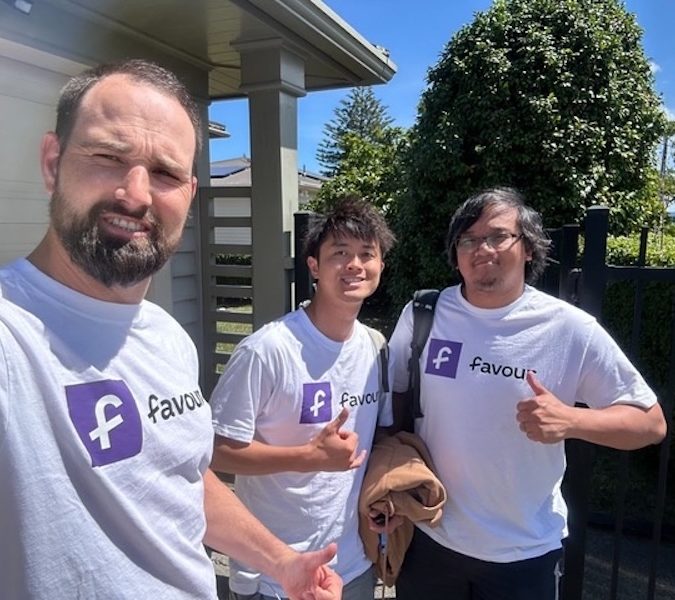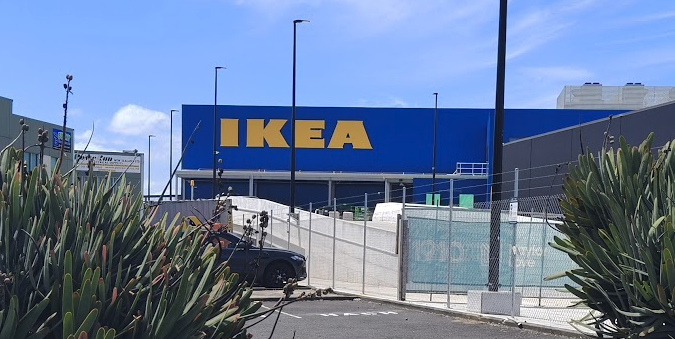Beyond a Garage Project: Jos Ruffell on the creative process behind its iconic beers (part one)

Garage Project is a craft beer brewery born out of Te Aro, Wellington that has come a long way from its humble beginnings of founders Peter Gillespie, Ian Gillespie and Jos Ruffell experimenting with a ‘glorified home brew kit’ in 2011. The brewery has released countless unique flavours of beer since then and become a fixture in New Zealand’s craft brew scene for the creativity it brings to both its flavours and its branding. Each beer showcases a unique artwork on the can or bottle created by a New Zealand graphic designer, painter, game designer or tattoo artist and over 100 of these designs have been collected and showcased in a new book, The Art of Beer. The book features both original sketches and the finished art of some of the brewery’s iconic drops over the years, from Bliss to Aro Noir to Fugazi, and gives an insight into the creative process and the talented people behind the artworks and the beers people know and love. In part one, we talk with co-founder Jos Ruffell about the decision to dabble in books, how Garage Project has reimagined what beer can look and taste like and the art of differentiating yourself in a crowded market.

Idealog: In your own words, how do you think Garage Project has reimagined what beer looks like in New Zealand?
Jos Ruffell: We’ve worked over the years to give people an experience with beer that they might not have had before. That has ranged for serving and presenting beers in new and unexpected ways, be it our ‘Two Tap Flat White’, or layered beers like Yuzu Rising Sun, through to using flavour combinations, ingredients and new brewing techniques (submerging speakers inside fermenters or making ‘hop hash’) that stretch the imagination of what beer can be. We’re always working to wrap those beers inside story and art that connects at a deeper level, and put beer into places that it traditionally might have been seen as inferior or unworthy. That has taken the form of collaboration and above all making sure we have fun with it. Beer should be fun, after all.
How have you seen the beer scene in Wellington, as well as wider New Zealand, evolve since you first started out?
It’s fair to say that the scene in Wellington has exploded with people searching out and willing to try new flavours, styles and support all ranges of breweries locally and throughout the country. It’s hard to not find a wide selection at restaurants or bars and we see that trend all across the country now. We are entering into a phase now where there is a lot of competition and noise, and for some, the view that it’s no longer sustainable. For beer drinkers, there has never been a better time, with a steady stream of new releases and styles to fit any personal taste. The education around beer freshness is growing and New Zealand is becoming connected to a global community of craft brewers through our hops which is opening up new and exciting opportunities for brewers and drinkers alike.

What’s been your favourite part of this wild journey so far?
Giving people a new experience with beer and finding seemingly no end of areas to work on, develop and try to innovate in would be the highlight so far. Beer and brewing is one of the oldest professions and drinks in the world, but it is still completely open to change and new development. It’s never been a static thing and by working to innovate we feel like we’re respecting the tradition.
How early on in Garage Project’s conception was it decided that beer labels would be collaborated on to be unique works of art?
Very early on, almost at the conception of Garage Project. Pete had a wild idea that we should create 24 beers in 24 weeks with 24 unique pieces of art attached to them. The concept was exciting but ultimately proved a step too far – the brewing and release of a unique beer a week would prove to keep us busy enough without working on unique artwork for each, so it was quietly put on the back burner until after our pilot phase. As soon as we moved up to our larger brew system, we started getting in touch with artists and working to give each beer a unique look.
How did fusing art with beer help Garage Project differentiate itself in an already populated beer market?
To a point, although we have also had throughout the years times where a beer with unique artwork from another brewery has been tagged online and confused with our own! Ultimately, the can or bottle can help draw people in, but the content is what will keep people coming back and becoming passionate fans of the brewery. Artwork and story helps form a connection, but the taste and the quality of the beer always has been – and still is – the most important factor.

Do you think it gives each of the flavours Garage Project releases their own distinct personality?
Very early on we decided that we wanted the individual beers to be the heroes, rather than the brewery. We wanted to be a ‘house of brands’ instead of a ‘branded house’. It’s given us the flexibility to take the beers and brewery into all sorts of directions that wouldn’t be possible with a fixed look. It works well for how we like to think about, brew and release beer.
What does the creative process look like for crafting one of these labels with an artist?
It can vary from project to project, but generally we have a fairly firm idea in mind and will seek out an artist that we think will best deliver that concept. We might develop some reference materials or sometimes just have a conversation with the artist. At the outset we might ask for a few rough concepts and we’ll start giving feedback and refining from there. Our team has an inhouse creative producer who coordinates with the artists, making sure they get the feedback they need and works to keep everything running on time. With any creative process though that doesn’t always go to plan and we have had times where an artist has delivered exactly what we’ve asked for and then we’ve realised it’s not right. Those moments though usually create the bridge for us to end up in a new place and that we might not have immediately gone to. Some of those labels and steps are some of the most exciting ultimately.
Part two coming soon – stay tuned.




